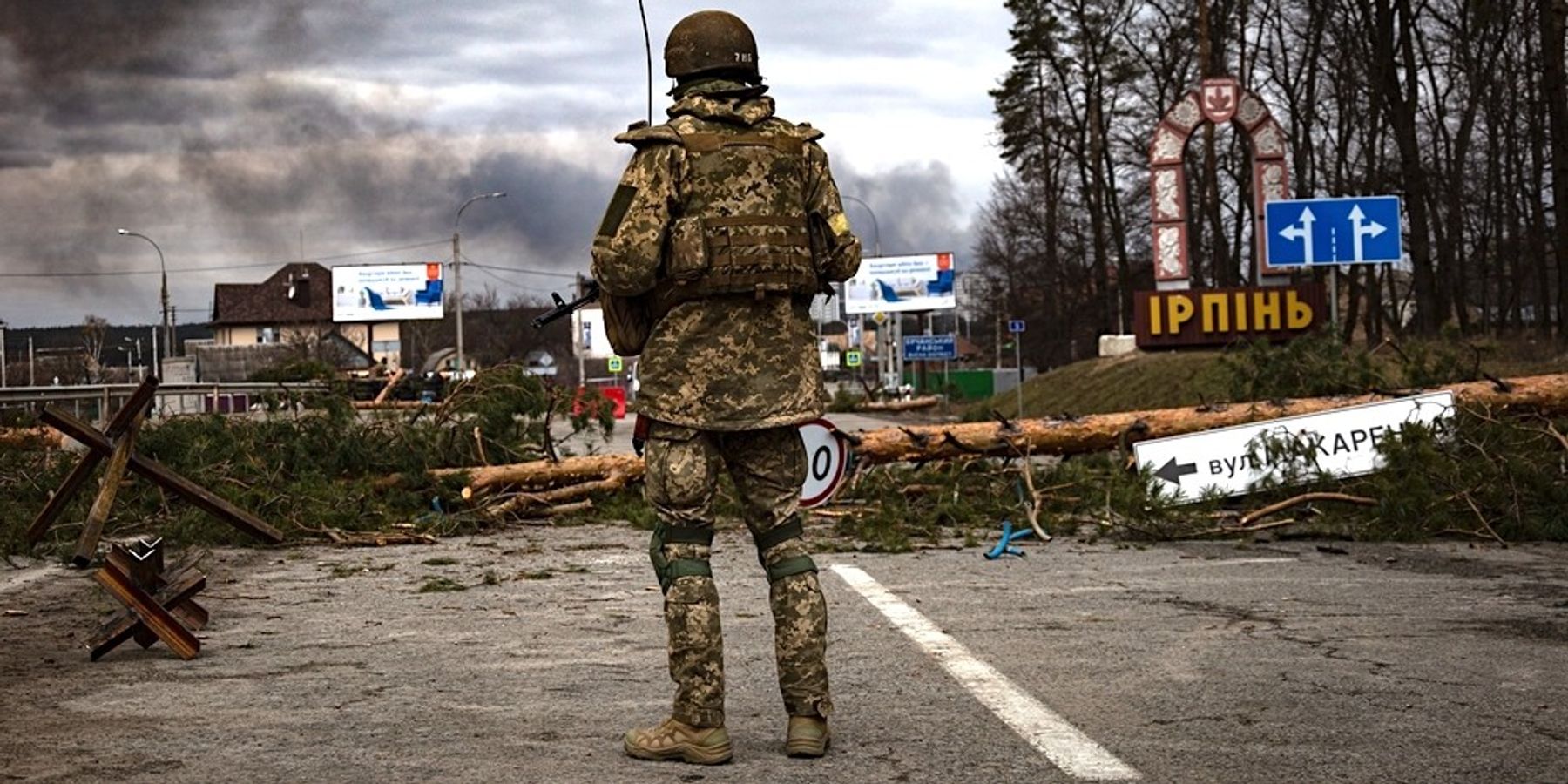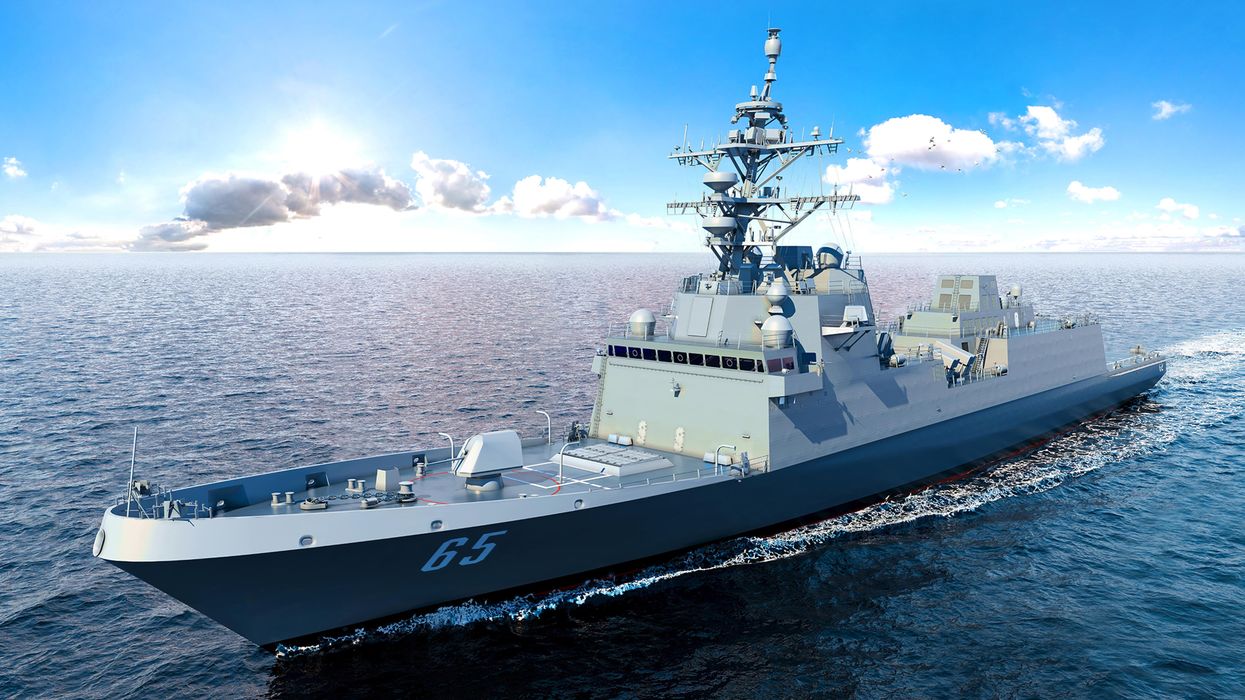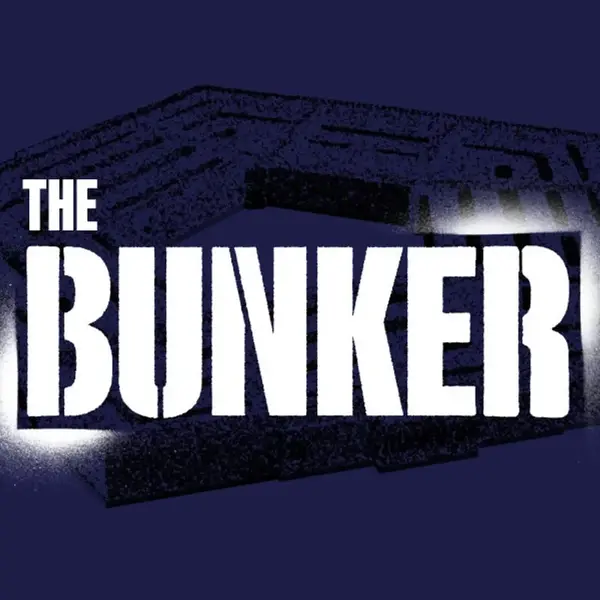Tell me how this ends. General David Petraeus famously posed this question at the outset of the Iraq War in 2003.
In retrospect, to say that the Bush administration’s expectations for the war proved too optimistic would be a vast understatement. The White House anticipated a democratic and prosperous Iraq that would catalyze liberalization in the authoritarian regimes dominating the Middle East and drain the swamp of Islamic radicalism.
Instead, Operation Iraqi Freedom removed an important counterbalance to Iranian power and plunged the region into decades of instability, the ill effects of which are continuing to resonate for the United States, Europe, and the world.
In our outrage over Russia’s brutal invasion of Ukraine and determination to counter Moscow’s aggression, many are debating what we should do, but few are pausing to ponder the question of how this war ends. As the Russian operation has stumbled on the battlefield, some prominent U.S. and British officials and many erstwhile cheerleaders for the war in Iraq are talking more and more openly about victory over Russia, decisively debilitating the Russian military, and even regime change in Moscow. Dare we hope that Putin’s blunder in Ukraine could poetically produce the very outcomes he wished to prevent: an expanded and invigorated NATO alliance more deeply ensconced along Russia’s periphery, Russia’s marginalization in the world, and even his own fall from power?
Perhaps. Ukraine’s military effectiveness to date suggests that a battlefield victory over Russian forces is not inconceivable. Perhaps the Russian military will be outmaneuvered and enveloped in the Donbass. Perhaps Russia’s war machine will run short of weapons and munitions. Perhaps if Putin resorts to a national war mobilization, it will spark overwhelming popular opposition as Russian troop losses mount and economic deprivation deepens.
Perhaps, as some have hoped, Putin will somehow be overthrown, violently or otherwise, replaced by a successor more amenable to the West. Our 1990s-era vision of Europe whole, free, and at peace may still be within our grasp.
But perhaps is seldom a strong basis for policy planning. Russia may not be capable of outright victory in Ukraine, but it almost certainly has the means to ensure that if it loses, all other parties will lose, too, in what might be called a “Samson scenario.” Just as we should have done in the case of Iraq, we would be wise to consider some alternative — and all too imaginable — ways this war might end, in order that we make prudent choices about the course of action we pursue.
One of the most disturbing possibilities is escalation into a genuine military crisis between the United States and Russia. The Biden administration has wisely resisted political pressure to put American troops on the ground in Ukraine or impose a no-fly zone over its airspace, steps that would mean direct fighting between the world’s foremost nuclear powers.
But escalation can nonetheless occur in other ways. If the United States and NATO seek Russia’s unconditional defeat by unconventional means — proxy and economic warfare — can we reasonably expect Moscow to acquiesce to terms of indirect conflict that play to our strengths? How long will Moscow refrain from direct retaliation against the West, particularly if the Russian operation in Donbass starts to falter?
Moscow has repeatedly warned against Western military supplies to Ukraine, calling them legitimate military targets. It has attacked supply lines and depots inside Ukraine, and it demonstrated in 2014 that it is willing to strike supply facilities on NATO territory, having used intelligence operatives to blow up a depot in the Czech Republic providing arms to Ukraine at that time. Putin certainly understands that direct Russian strikes inside NATO territory would be fraught with escalatory risk. But if he sees the alternative as defeat in Ukraine, with all the attendant implications for Russia’s influence in the world and stability at home, he could well decide such a step is necessary.
Strikes could also serve Putin’s cause in rallying Russian popular support for the war, which he has from the start depicted as an existential conflict between Russia and NATO, not between Russia and Ukraine.
Where crossing the line into direct military engagement between Russia and the West might lead is difficult to anticipate. The Biden administration’s caution in avoiding a clash with Russian forces might start to erode as political pressure to respond to Russian strikes grows. Some form of Western retaliation against facilities on Russian territory would be likely. Low-level skirmishing that has long pitted U.S. and Russian cyber warriors in the digital arena could erupt into genuinely destructive acts of sabotage against critical infrastructure. Russia might be tempted to target vulnerable U.S. satellites on which our economy, as well as military and reconnaissance operations, depends. At what stage — if any — might the prospect of a spiral toward nuclear war sober Moscow and Washington into seeking an end to hostilities?
Another possibility is that we find ourselves in an extended period of unsettled standoff with Russia in which there is no agreed end to the war in Ukraine, but neither side wishes to continue active conventional combat. Western economic warfare against Russia would continue. Russia would fall far short of achieving its initial aims of occupying Kyiv, removing the Zelensky government, and ending Western military involvement in Ukraine. But Russian forces would nonetheless occupy all or most of the Donbass region and control a land corridor linking Crimea with the Donbass and Russia.
This would render Ukraine a divided state with unresolved geopolitical status, while leaving Europe with a festering, open wound. Unlike the division of Germany and Europe during the Cold War, however, this new simmering confrontation would have few rules of engagement to mitigate its dangers, as most of the arms control treaties, executive agreements, and informal understandings that served as guardrails during and after the Cold War have disappeared, with little prospect for their revival or revision in the near term.
Finally, this war may end in a negotiated settlement, as most conflicts historically have ended. But finding a compromise that all parties can live with will be no small feat. Zelensky has indicated that Ukraine might agree to official neutrality, but only on condition of stringent security guarantees, the terms of which both the United States (which has long refused to defend Ukraine with its own forces) and Russia (steadfastly opposed to U.S. or NATO presence in Ukraine) might find objectionable.
Ukraine has understandably ruled out territorial concessions, but Putin would almost certainly not agree to any settlement in which Russia were forced to leave the Donbass, and separatist groups there would be loath to live under Kyiv’s rule after years of war. And it is hard to imagine that Putin will compromise if the United States and Europe refuse to ease economic sanctions as part of a settlement or insist that he and other Russian officials face prosecution for war crimes.
This menu of potential endings in Ukraine has little appeal. If we aim for a win-lose outcome for the West against Russia, however, we may well find ourselves in a perilous lose-lose scenario. The time to answer the Petraeus question is now.
















